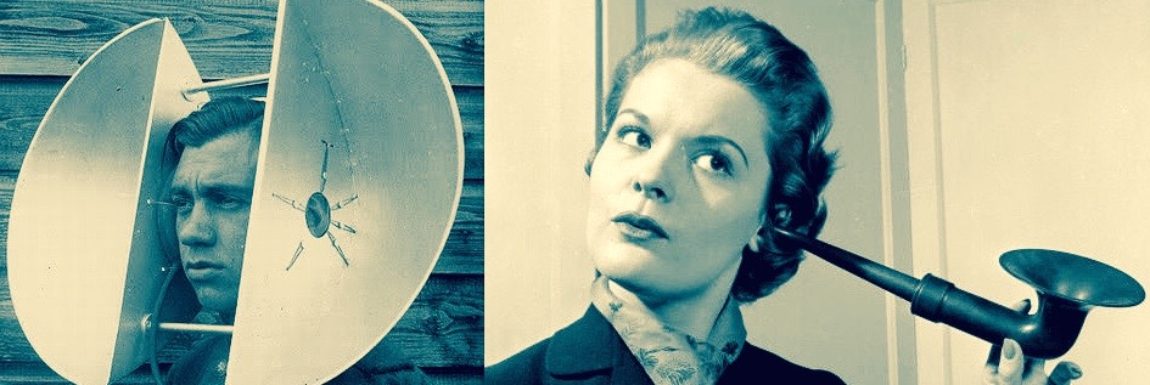
A team of researchers at the University of Michigan’s Kresge Hearing Research Institute were able to give mice supranormal hearing, and gain important insights into hidden hearing loss in humans.
Hidden hearing loss is a term used to describe difficulty hearing, especially in noisy situations, even though standard auditory test results show the patient has “normal” hearing.
The study focused on boosting the number of synapses that connect the inner hair cells in the cochlea to auditory neurons using neurotrophin 3 (Ntf3), a protein molecule. Those synapses are the key connections between the hair cells which convert sound waves into electrical signals, and the neurons which transmit the signals to the auditory nerve and then on to the brain.
By boosting the number of synapses, the treated mice showed much better hearing than the untreated control group. Both groups of mice had the same hearing thresholds, or what audiologists would consider “normal” hearing. That demonstrates that the increased number of synapses were relaying more information to the brain and, just as importantly, the brain was able to process it. This is an important clue to understanding hidden hearing loss in people.
Hair cells die off or are damaged as we age and that process has long been thought to be the primary cause of hearing loss. But what if that is only part of the story? What if the loss of synapses is also a culprit? That opens up the possibility that Ntf3 or a similar protein might also be used to treat some types of hearing loss in humans.
You can read the study here.


Interesting study. I have hearing loss in one ear but can’t find a hearing aid to fit properly or filter out noise in large rooms (even in smaller spaces when everyone is talking at once and there is music in the background). I manage & hope I can continue to do so.
Love your newsletter. Keep them coming.
Best regards, Ramona Kaptyn